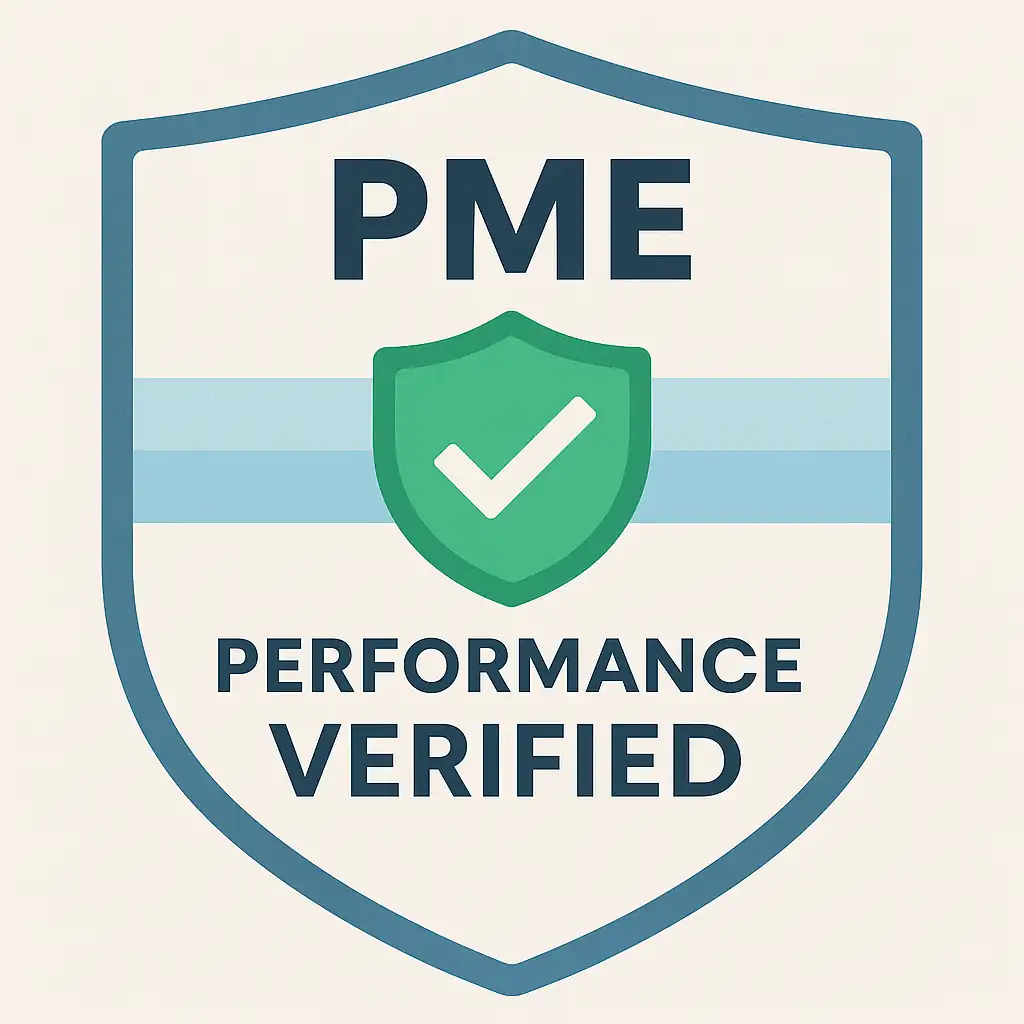Share this post:
🎥 Watch: Building Over Sewers Explained – Do You Need Permission? 4 Quick Tips to Show You
Prefer to watch instead of read? {{VIDEO_BLURB}}Thinking about an extension or garden room near drains?
You may need special approval if your project builds over or close to a sewer pipe. Here’s what homeowners need to know.
Planning Rules • UK Sewers & Local Water Authority Quirks
Building Over Sewers – Rules, Approvals & Indemnity Insurance Explained
Summary: If you plan to extend or build near a public sewer, you’ll usually need approval from your local water authority (e.g., Thames Water, Severn Trent, Anglian Water). This is known as a Build Over Agreement. It protects both you and the authority, ensuring the sewer can still be accessed and isn’t damaged. Indemnity insurance may be needed if previous works were done without consent.
Quick Answer: Can You Build Over a Sewer?
Yes – but only with the right approval. In England and Wales, any building work within 3 metres of a public sewer or directly over it requires consent from your water authority. Without this, your local council may refuse sign-off, and problems can arise if you try to sell your property.
When Consent is Required
You’ll usually need a Build Over Sewer Agreement if:
- Your foundations are within 3 metres of a public sewer line.
- You’re adding an extension, conservatory, garage conversion, or garden room over a sewer pipe.
- Your design restricts access to manholes or inspection chambers.
Application Process & Agreements
Applications are made directly to your water provider. The process typically includes:
- Survey: Locate the sewer line using a water authority map or survey.
- Plans: Submit drawings showing how your build avoids or protects the pipe.
- Approval: Receive a Build Over Agreement (sometimes just a consent letter for minor works).
- Inspection: The authority may inspect works during or after construction.
Step-by-Step: Applying for a Build Over Sewer Agreement
| Step | What You Need to Do | Typical Notes |
|---|---|---|
| 1. Locate sewer line | Check water authority maps or arrange a survey. | Often within 3m of your foundations. |
| 2. Prepare plans | Submit scaled architectural drawings of your proposal. | Must clearly show sewer route and foundation depth. |
| 3. Apply to water authority | Complete the Build Over Agreement form. | Online for Thames Water; paper forms for others. |
| 4. Pay fee | Application fee typically £200–£500. | Varies by sewer size and authority. |
| 5. Await approval | Authority reviews and issues consent letter. | Usually 2–4 weeks for standard cases. |
| 6. Inspections | Works may be inspected during or after construction. | Ensures pipe integrity and access remain. |
Not sure if your extension crosses a sewer line?
Send us your plans and we’ll confirm if you need a Build Over Agreement before you apply for planning.
Indemnity Insurance Explained
If a previous owner built over a sewer without consent, indemnity insurance may be required when selling or remortgaging. This protects buyers and lenders if the water authority ever raises an issue.
Local Council & Water Authority Quirks
Each water authority has its own guidance. For example:
- Thames Water: Online application portal; fees vary by pipe size.
- Severn Trent: Often stricter on inspection chambers; may require relocation.
- Anglian Water: Clear technical drawings needed upfront.
Typical Costs & Timelines
Costs vary by authority, but as a guide:
| Work Type | Typical Fee | Approval Time |
|---|---|---|
| Minor build near sewer | £200–£300 | 1–2 weeks |
| Building directly over sewer | £350–£500+ | 2–4 weeks |
FAQs – Building Over Sewers
What is a Build Over Sewer Agreement?
A formal consent from your water authority allowing construction over or near a public sewer, ensuring pipes remain safe and accessible.
Can I build over a sewer without permission?
No. It risks refusal of Building Control sign-off and problems during property sales.
What happens if I build without approval?
You may face enforcement, extra costs for remedial works, or difficulty remortgaging/selling your home.
How close can I build to a sewer line?
Generally, you need approval within 3 metres of a public sewer. Rules vary by authority.
Do I need indemnity insurance?
Only if the sewer was built over without consent. Insurers provide cover to satisfy lenders and buyers.
Ready to move your project forward?
Plans Made Easy can prepare compliant plans, manage Build Over applications, and guide you through approval.
Next steps & useful guides
- Planning Permission (UK): The Complete Homeowner’s Guide
- Building Regulations: Complete Homeowner’s Guide
- Structural Calculations – When Do You Need Them?
- Garage Conversions: Permissions, Costs & Process
- Planning Permission for a Garden Room (UK)
For more detailed rules, see Planning Portal and GOV.UK guidance.

Performance Verified ✅
This page meets PME Optimisation Standards — achieving 95+ Desktop and 85+ Mobile PageSpeed benchmarks. Verified on


